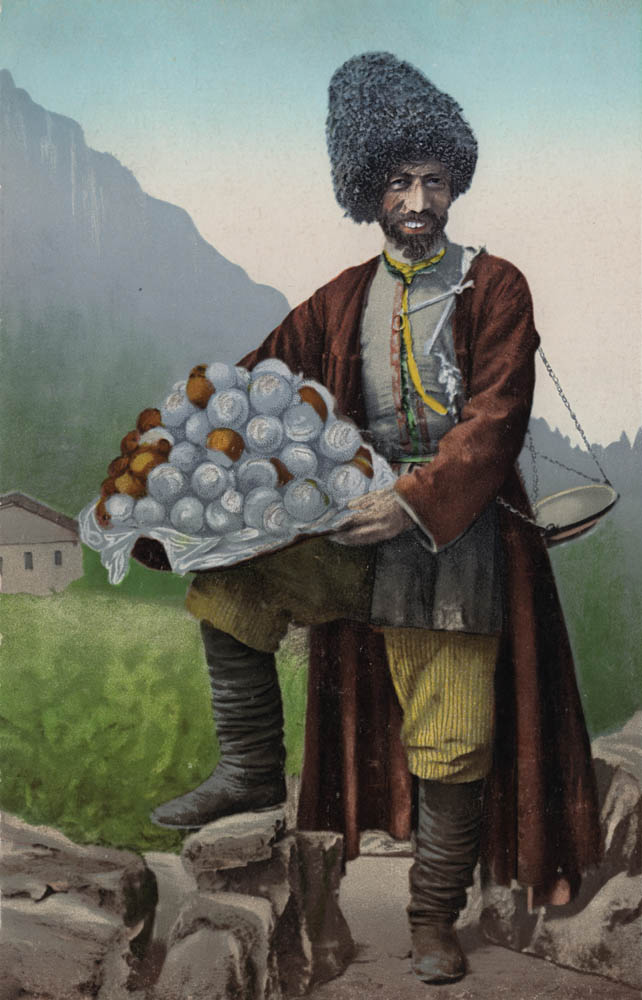The name “Persia” derives from the people, who migrated to southern Iran in about 1000 BC. The first mention of the Parsa occurs a century later. Thanks to expansion at the time of the Achamenid Empire (530 – 330 BC), the state was named after its founders. Islam appeared in the region in the 7th century. One of the reasons for the Muslim conquest was Iranian weakness.
Following the death of king Khosrow II in 628 in Byzantine captivity, the Iranian throne saw a sucession of weak monarchs, who were frequently deposed by the nobility. Thus, when 632 the last Iranian monarch came to power, he inherited a realm weakened by frequent wars with Byzantium and internal dissent. The weakness was exploited by Iran’s Arab neighbours and its former vassals. In 636, Ctesiphon, its capital, was extensively sacked. In 642, the Muslims completed the conquest of Iran: its last monarch was killed 651 near Merv, in modern Turkmenistan.
The people dwelling in the newly-acquired territories had a significant influence on their conquerors. Thus, the caliphs adopted Persian court dress and Persian coinage. In addition, the office of vizir (minister), was also derived from the Persians, as was the divan (a bureaucracy for collecting taxes. Islamic architecture borrowed heavily from Persian styles.
Old Persian is known to be the oldest language in the world, with inscriptions dated between the 6th and 4th century BC.
Omar Khayam (1048 – 1131) a mathematician, philosopher and poet, as well as Rumi (1207 – 1273) a Sufi mystic and Islamic scholar, and many others, wrote their influential works in Old Persian.
